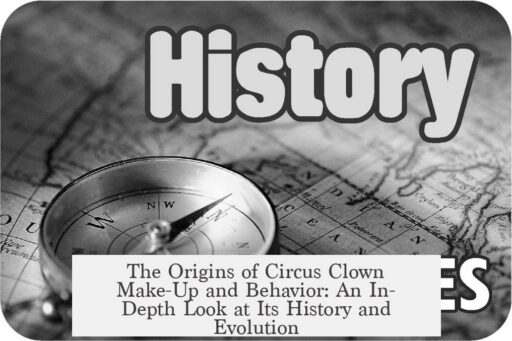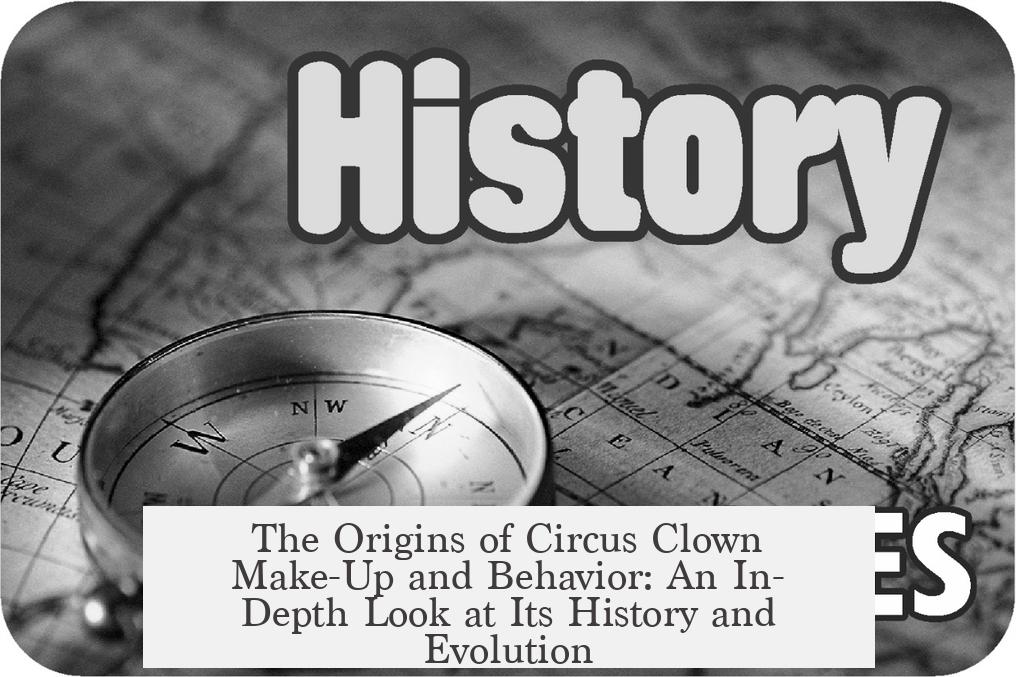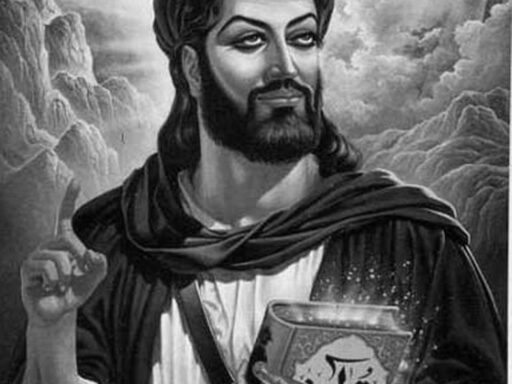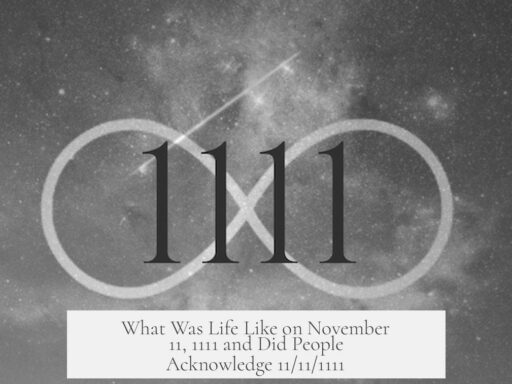The specific make-up and behavior associated with circus clowns originate from multiple historical and cultural sources, including tribal shamanism, Italian Commedia dell’arte, and classical theatrical traditions. This evolution culminated in the distinctive white-face makeup popularized in the late 18th century and the varied clown personas seen in modern circuses.
Circus clowning’s roots trace back to tribal shamanism, where performances often involved ritualistic masks and exaggerated gestures. These early forms of expression laid a foundation for theatrical exaggeration and symbolic costume.
The Italian Commedia dell’arte of the 16th century significantly influenced clown archetypes. It featured masked stock characters like Arlecchino, whose traits shaped the comedic roles later adopted by circus clowns. The French harlequin style, directly derived from Arlecchino, contributed to the colorful, diamond-patterned costumes and nimble, mischievous characterizations.
A major milestone was achieved by Joseph Grimaldi in late 1700s London, credited with creating the classic white-face clown makeup. Grimaldi’s innovation added exaggerated facial features using white greasepaint and defined eye and mouth designs. This style remains the foundation of many clown faces today.
In the 20th century, performers like Felix Adler pushed clowning into new realms. Known as “The King of Clowns,” Adler introduced unique costume elements and was the first clown to appear on television. His whiteface makeup included a sparkling rhinestone on a red putty nose, differentiating his persona from others.
Minstrel shows, popular between the 18th and early 20th centuries, also used distinctive face paint, but their blackface makeup was primarily a separate form of theatrical practice. While minstrel blackface caricatured African American culture and is now recognized as racist and offensive, evidence suggests that clown makeup may have influenced blackface designs, not the other way around.
- Tribal shamanism introduced early mask and behavior elements.
- Commedia dell’arte and French harlequin shaped clown characters.
- Joseph Grimaldi popularized white-face makeup in the 1700s.
- Felix Adler added unique style in the 20th century.
- Minstrel shows’ blackface makeup is a distinct, historically racist tradition.
Where Did the Specific Make-Up and Behavior Associated with Circus Clowns Come From?
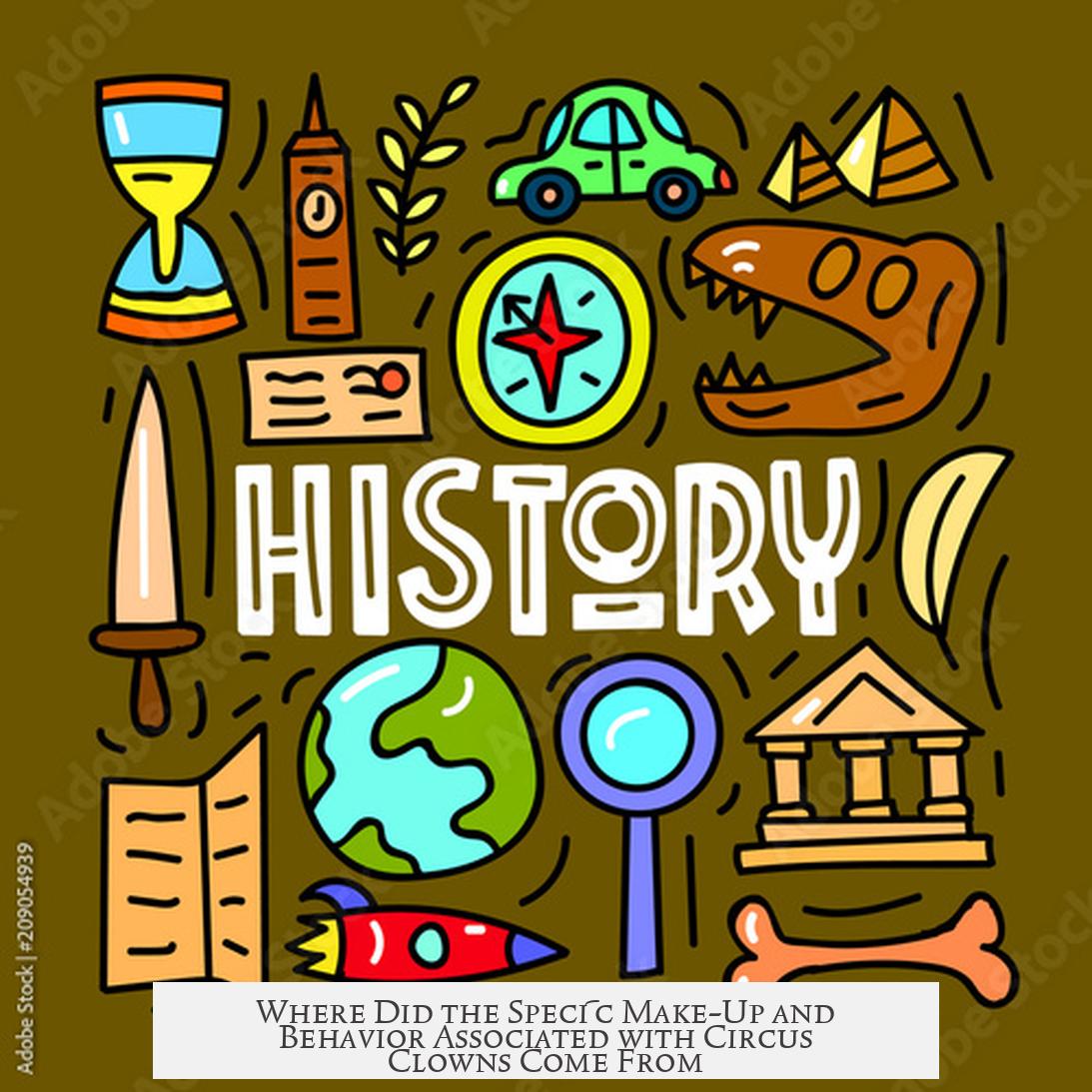
The specific makeup and behavior of circus clowns trace back to a rich tapestry of history—intertwining tribal rituals, theatrical traditions, and evolving personalities on the stage. Forget the balloon animals for a second. The art of clowning has deep roots you might not expect, blending influences from tribal shamans to European theater masters.
So, exactly where did those exaggerated white faces, wild costumes, and comedic antics originate? Let’s pull back the curtain.
Clowning’s Ancestral Roots: From Tribal Shamanism to Theatrical Archetypes
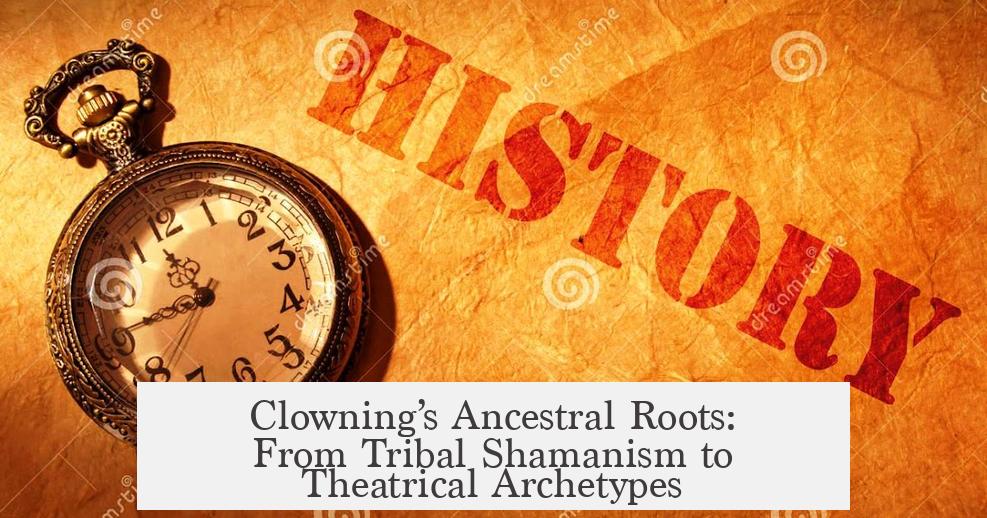
Circus clowning doesn’t start in a circus ring. Its origins are much older and more complex. Tribal shamanism is often cited as the earliest seed. There, shamans donned face paint and costumes to enter spiritual realms, using humor and trickery to connect with the audience and spirits alike.
This spiritual performer’s role evolved slowly but surely. Humor and exaggerated features served to both entertain and communicate essential social or religious messages.
Fast forward to Renaissance Europe, where the Italian Commedia dell’arte tradition rises prominently. This 16th-century theater style featured masked stock characters—each with distinctive costumes and exaggerated facial expressions, much like the circus clowns of today.
Take the character Arlecchino (or Harlequin for the French). His colorful costume and playful wit form the foundation for the French harlequin clown style. This character’s legacy lives on in clowns’ colorful patchwork outfits and mischievous behavior. So, next time a clown pulls a prank, tip your hat to Arlecchino!
Meet Joseph Grimaldi: The Father of the White-Face Clown
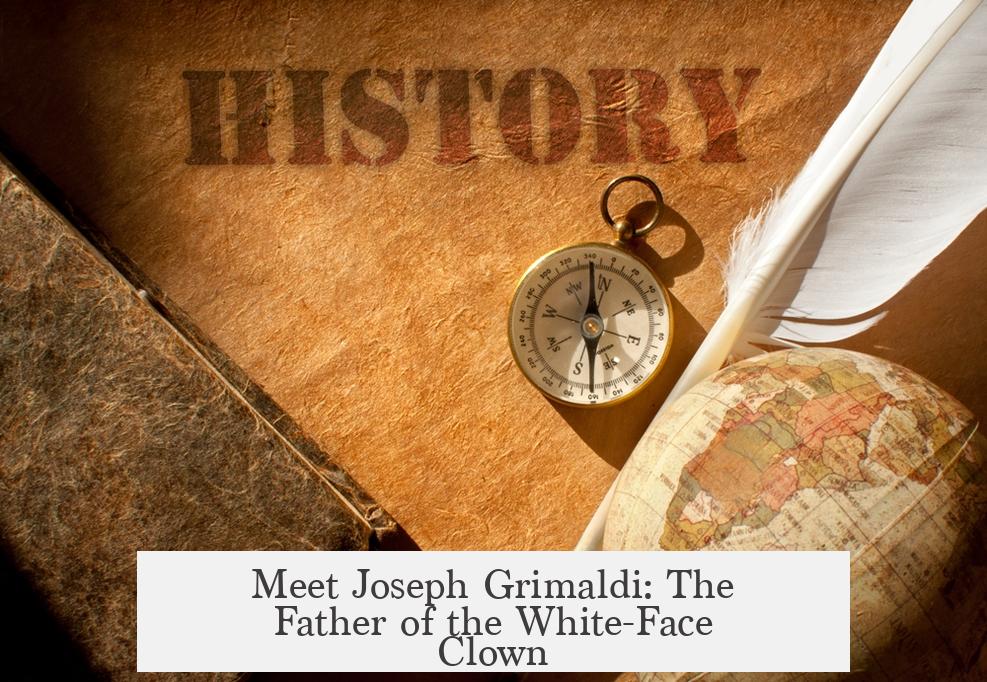
If you recognize those distinctive white faces with red lips and big red noses, you have Joseph Grimaldi to thank. He’s the godfather of the modern white-face clown, emerging in late 1700s London.
Grimaldi’s makeup was revolutionary. It was designed to magnify expressions so audiences, even in the back rows, could catch every exaggerated grimace and smile. His performances blended slapstick comedy and pantomime, influencing not just clowns but actors worldwide.
Without Grimaldi, clowns might have remained shadowy figures lost in the crowds.
Felix Adler: The King of Clowns and Television Pioneer

Jumping ahead to the 20th century, meet Felix Adler, known as The King of Clowns. Hailing from the same hometown as our narrator, Adler revolutionized clowning by being the first clown on television.
His face was a classic white-face, but what made him stand out was a sparkling rhinestone embedded in the tip of a red putty nose. Talk about a nose that sparkles more than Rudolph’s! Plus, his costumes were larger-than-life—he featured an exaggerated posterior made with inflated beach balls held up by a clever canvas sling.
Adler’s work brought clowning into everyday living rooms and the prestigious White House, elevating the clown’s cultural status beyond mere circus performers.
The Uneasy Link: Minstrel Shows and Blackface Makeup
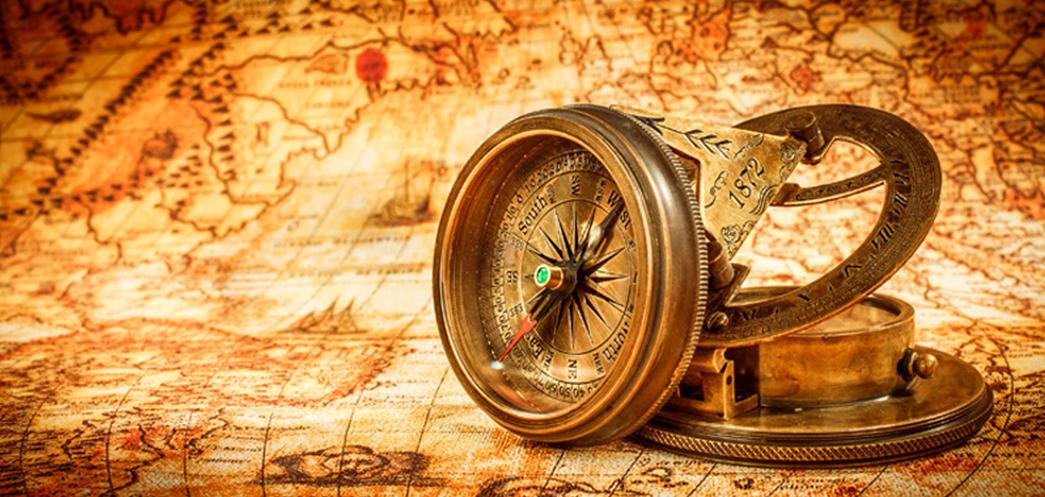
Here’s a tough but honest part of clown history—minstrel shows, popular in the 18th through early 20th centuries, share some makeup style overlaps.
White performers wore blackface makeup to caricature Black slave culture, which today is, rightly, considered racist and offensive.
Interestingly, research suggests that blackface makeup actually drew inspiration from clown makeup rather than the other way around. This flips common assumptions on their head and highlights how visual performance elements circulate across cultures—sometimes for good, sometimes for ill.
This dark aspect reminds us that clown makeup is more than face paint; it’s a cultural artifact that reflects historical attitudes—some lovable, some regrettable.
From Ritual to Ring, What Has Changed and What Has Stayed?
With such layered origins, the makeup and behavior of circus clowns are not random. They’re a mixture of spiritual, theatrical, and social elements that evolved over centuries. The white face, the big red nose, the outlandish costumes, and the slapstick antics all serve as a loud, visual shorthand for humor and disruption.
Clowns mirror society’s values and anxieties, using humor to soften fear and create joy. Despite changes in entertainment mediums—from tents to screens—the core remains. They’re playful tricksters who make us laugh, question, and sometimes squirm.
Next time you see a clown, consider the journey—from tribal shamans painting themselves to ancient theater troupes in masks, to Grimaldi’s white-face innovations, to television pioneers like Felix Adler. The makeup isn’t just paint; it’s centuries of storytelling on a face.
Want to Try Your Hand at Clowning?
- Start simple: experiment with white face paint and oversized costumes.
- Watch silent film comedians like Charlie Chaplin and Buster Keaton—they show how behavior and expression matter more than words.
- Learn about Commedia dell’arte characters to grasp classic clown archetypes.
- Remember, clowning is about connection. Use humor to make people think and feel—not just laugh.
By understanding where clown makeup and behavior come from, you gain respect for this ancient art form—beyond the rubber chicken laughs.
In closing: The circus clown’s face is a living canvas of history. Its makeup and antics are shaped by centuries of tribal magic, centuries-old theater, and sometimes controversial chapters of performance art. It’s a testament to human creativity, humor, and cultural complexity.
